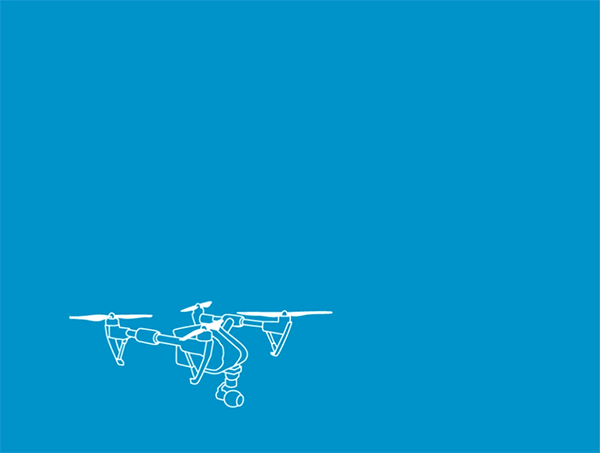In the last 1-2 years, we have been witnessing an active interest on the part of global corporations, such as Google, Samsung, Apple etc to the area of Augmented Reality and Virtual Reality.
What causes such close attention to our sphere in the recent years and why corporations were not particularly interested in developments in the field of VR and AR before?
In my opinion, in the 90s world producers of “personal electronics” only slightly competed with each other and engaged more in the expansion in local markets – for example Nokia was almost unknown in the United States, while Motorolla almost was not represented in the European market.
Prior to 2003-2004, these corporations were securing markets, teaching consumers how to use smartphones and in fact were creating very similar platforms and technologies.
With the emergence of iPhone from Apple the market essentially got the first universal platform that provides services and deliver content to customers. It has become popular in all markets, which qualitatively changed the global nature of how companies work in mobile industry.
As a result, instead of expansion in local markets we got global competition. Those who could not scale its business left the market.
If we analyze the development of mobile phones, the market share of major players in the last 2-3 years, we can see that the period of expansion ended for them and they started competing very harshly with each other in terms of “burning marketing budgets,” which results in the decreases of their margins. There is nothing fundamentally new that has changed in smartphones – the competition is in the “screen size” and additional services, which in fact are quite simple to add.
What is the easiest method to get away from the direct and unfavorable competition?
That’s right – start developing adjacent areas or even better – create new markets.
One of these promising new markets is VR and AR.
It is our sphere of VR and AR that is slowly, but steadily was able to create the prototype devices just by the time the open competition among the major manufacturers of smartphones started. These prototypes allow to deliver content and to offer new services to consumers more effectively (not in 2D, but in 3D), but even more importantly IN LARGE SCALE.
Therefore, the major manufacturers of smartphones have started actively invest in this area, realizing that the next battle for the consumers’ wallets will not be at arm’s length, but directly in front of consumers’ eyes.
Well, we can only increase our efforts to develop the most organic devices and interfaces in VR and AR.
Due to the growing competition in the VR and AR between large corporations the best companies in VR and AR will get an opportunity to reach out to consumers and become popular among them by creating an entirely new reality or by augmenting it!
Best regards,

Vitaliy Goncharuk
v @ vactivity.com
If you like this article, please subscribe to my monthly newsletter:




